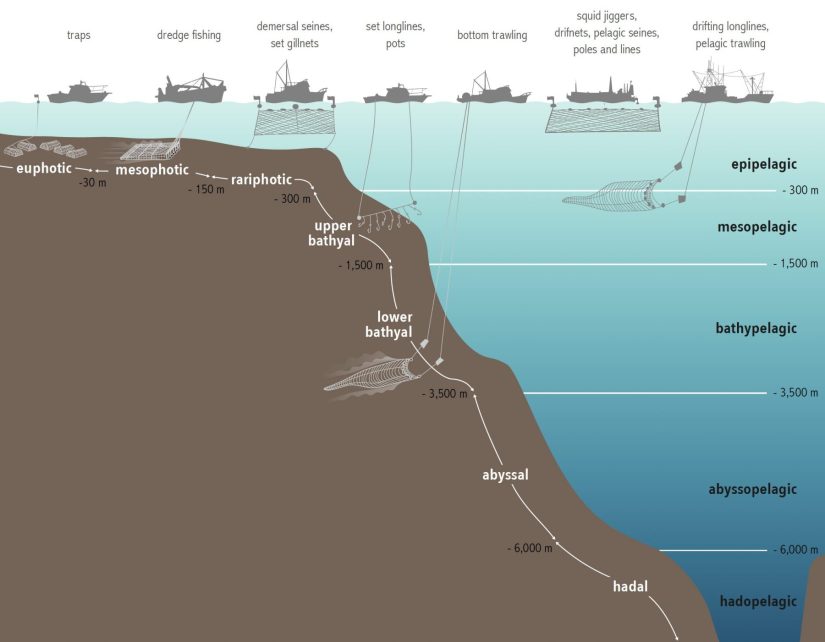Coming to the UW in Autumn 2025! We’re excited to announce a new undergraduate degree in the School of Aquatic & Fishery Sciences (SAFS): Bachelor of Science in Aquatic Conservation and Ecology (ACE)
The Aquatic Conservation and Ecology (ACE) degree is about the ecology of aquatic organisms, the rivers, lakes, and oceans in which they live, and how we conserve them for the benefit of people and the planet. This degree integrates the disciplines of ecology, evolution, and quantitative sciences and applies these principles to contemporary conservation and natural resource management issues.
Graduates of the ACE major are uniquely qualified for careers in universities and other educational settings, management agencies at the local to international levels, environmental consulting, and non-profit organizations.
Learn by doing
The ACE degree equips students with knowledge and skills for lifelong learning about the ecology and evolution of aquatic species and ecosystems, and how we sustain them for generations to come.
Central to the degree is an integrative approach to developing communication, quantitative reasoning, and data science skills that careers in this field increasingly demand.
Learning outcomes
- Understand the ecological processes that influence aquatic biodiversity, and apply that knowledge to well-known ecosystems and species
- Implement the tools and methods used in ecology, conservation, and resource management
- Diagnose conservation and natural resource outcomes based on the inter-relations of natural, social and governance systems
- Apply mathematical and data science methods to the study of aquatic ecology and conservation science
Recommended Preparation
First Year Students: Composition, calculus, chemistry, biology, FISH 200 or FISH 250
Second Year Students: Statistics, ACE intro coursework, Communicating Science coursework, College of Environment’s General Education requirements
Major Requirements
Foundation Math & Science – 39-47 credits:
- Quantitative (Calculus & Statistics) 15 credits
- General & Organic Chemistry 9-17 credits
- Biology & Physiology 15 credits
ACE Introduction – 13-15 credits:
- Life in Water – choose one:
- FISH 200 Freshwater Ecology & Conservation
- FISH 250 Marine Biology
- People in the Environment – choose one:
- FISH 230 Economics of Fisheries & Oceans
- ANTH 210 Intro to Environmental Anthropology
- ESRM 235 Intro to Environmental Economics
- Connecting to Career Pathways – choose one:
- FISH 300 Exploring Opportunities in Aquatic Science
- MARBIO 301 Current Topics in Marine Biology
- Programming & Data Science – choose one:
- Q SCI 256 Intro to Data Science Methods
- CSE 160 Data Programming
Skills – 7-8 credits:
- Communicating Science – choose one:
- MARBIO 305 Scientific Writing
- FISH 290 Scientific Writing
- Data Analysis & Modeling for Ecology and Conservation – choose one:
- Q SCI 483 Statistical Inference in Applied Research II (has prereq: Q SCI 482)
- FISH 454 Intro to Quantitative Ecology
ACE Core Knowledge Areas – 15 credits:
- FISH 323 Conservation & Management of Aquatic Resources
- FISH 312 Aquatic Ecology
- Genetics – choose one:
- FISH 340 Genetics & Molecular Ecology
- FISH 370 Marine Evolutionary Biology
Advanced Topics – min. 20 credits
Upper-division electives, from approved list of courses:
- Aquatic Ecology
- e.g. Parasite Ecology, Watershed Ecology, Salmonid Behavior
- Aquatic Conservation & Resource Management
- e.g. Stream/Watershed Restoration, Sustainable Aquaculture
- Quantitative Analysis, Modeling, Applied Data Wrangling
- e.g. Quantitative Conservation & Management
- Practicum Option – Independent Study/Research
- Recommended for students who want to pursue advanced degrees
For More Information:
Students will be able to declare the new ACE major beginning in Autumn 2025. In the meantime, if you would like to learn more about the major, contact our undergraduate adviser:


